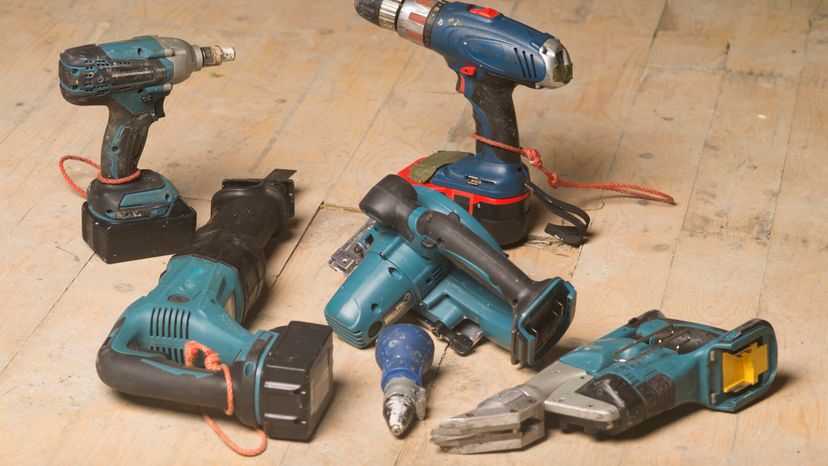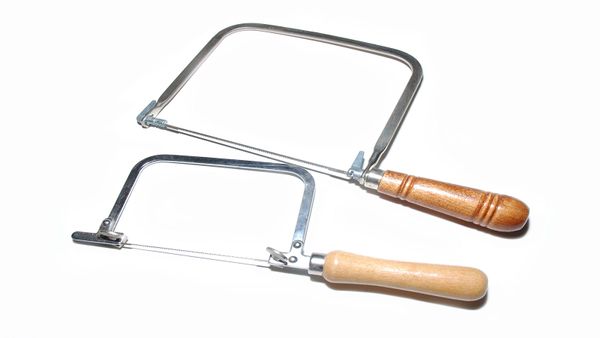
A saber saw, also called a jigsaw, is mainly used for cutting curves, although it's possible to use one for cutting straight lines, too. To cut a straight line, you have to use a guide of some sort. However, circular guides are also available to help you create smooth curves in your work. Saber saws are power saws that use a replaceable reciprocating blade; they also have a flat plate that sits on the surface of the material you're cutting through. One of the common ways that people use saber saws is to make internal cuts, meaning they start from the middle of the project instead of from the edge.
There are two ways to make internal cuts using a saber saw. In both cases, you first have to outline the desired cut on your material. The slower but neater way to make an internal cut with a saber saw is to first drill a hole the size of your saw's blade in the part of the outline you plan to discard. Then you insert the saw into the hole and gently cut toward to the line until you reach it. Then you follow the line around. The other way is to make a plunge cut; in a plunge cut, you rest the base of the saw on the material so that the blade is lined up to saw through the material. You then turn the saw on its slowest setting and gently cut into the material, lowering the saw into it until the base rests flat. As with the hole-first cut, make your plunge cut into the waste material. Once the saw is in, you can speed it up and then work toward the line and follow it around.
Advertisement
Be sure to wear safety glasses, and never pull a saber saw out of an internal cut before the saw is completely off and has stopped moving.
